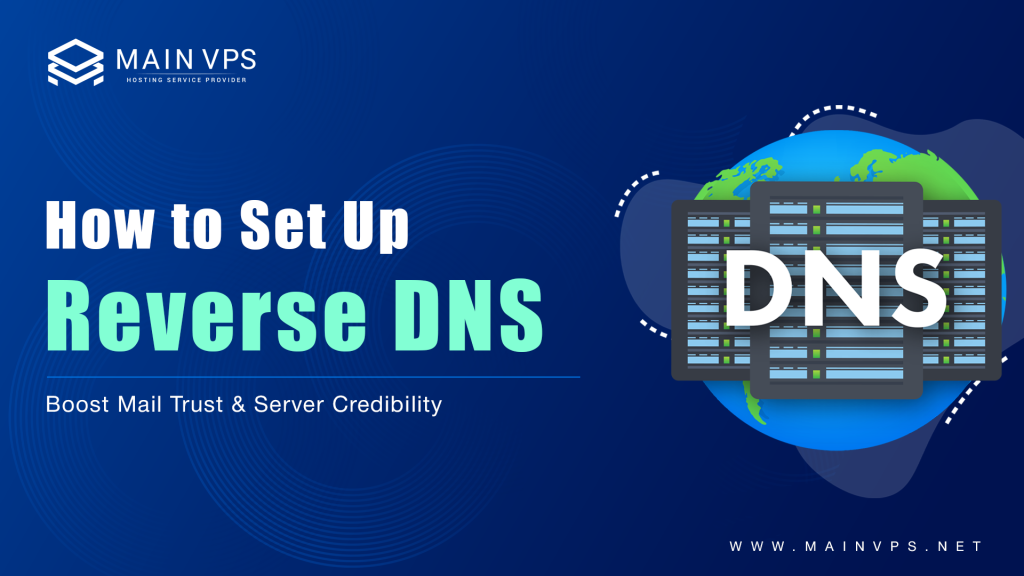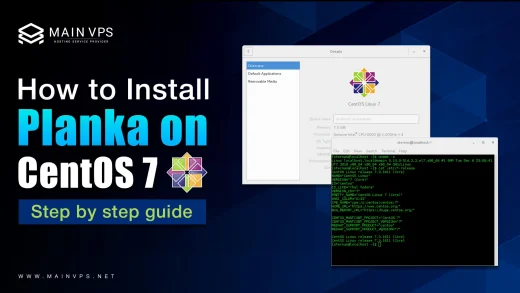
Reverse DNS (rDNS) is like writing a return address on an envelope—it helps identify which domain name is linked to an IP address. Properly configuring rDNS strengthens email deliverability, server reputation, and troubleshooting clarity. Here’s your friendly step-by-step guide.
What is Reverse DNS?
Reverse DNS is the opposite of forward lookup. Instead of mapping “domain → IP,” rDNS maps “IP → domain” and is enabled using PTR records. This connection validates your server’s identity and enhances trust.
Why rDNS Matters More Than You Think
- Better Email Deliverability
Mail servers often refuse or mark emails as spam if there’s no PTR record. Proper rDNS helps ensure your emails land in inboxes, not spam folders. - More Durable Reputation
Matching reverse DNS helps checkbox systems recognize and whitelist* your server faster. It’s a quality signal in a sea of spam filters and blocklists. - Clear Logs & Diagnostics
Having human-readable hostnames in logs makes it easier to manage access, track malicious behavior, and audit system activity. - Domain Spoofing Shield
Alongside tools like SPF and DKIM, rDNS acts as another layer in your anti-spoofing armor—especially useful for bulk or transactional mailing.
Quick & Clean rDNS Setup Guide
1. Verify Forward DNS (A record)
Ensure your domain (e.g., mail.example.com) points to your server’s IP. This step sets the foundation for a matching rDNS.
2. Check if rDNS is Already Set
Run this command:
bash
dig +short -x your.ip.address
If it returns nothing, you’ll need to proceed.
3. Locate Your rDNS Control Panel
You’ll usually find PTR record settings in your hosting or VPS dashboard under “Reverse DNS,” “PTR Records,” or “Network Settings.”
4. Create or Update the PTR Record
- Pick the IP you want to modify.
- Enter the hostname (e.g.,
mail.example.com). - Save changes. Most systems take less than an hour to update globally.
5. Verify the Setup
Test reverse lookup:
bash
dig +short -x your.ip.address
It should return your hostname. Then confirm forward:
bash
dig +short mail.example.com
Consistency between both lookups—known as forward-confirmed rDNS (FCrDNS)—is a trust-building best practice.
Unique Insights
- Timing Matters
Updates can take time—start rDNS early before launching email campaigns or deploying new services. - Use a Subdomain
Managing rDNS is easier and more flexible if you use a dedicated subdomain (likemail.example.com) instead of your root domain. - Stay Consistent Across Changes
When moving IPs or switching hosts, always update PTR immediately—or use dynamic DNS setups to automate the process. - IPv6 is Not Different
rDNS setup for IPv6 usesip6.arpaformat. Just as straightforward as IPv4 once you know where to click.
Common Pitfalls to Avoid
- No Forward Check
Forgetting the A record can cause subtle errors and misdeliveries. - Mismatched Hostnames
PTR name must match the server’s HELO/EHLO name—especially for mail services. - Provider Limitations
You can’t change rDNS on rented IPs without provider access. Reach out if the option is hidden in your dashboard.
rDNS Setup Cheat Sheet
| Step | Why It Matters |
|---|---|
| A Record Setup | Ensures your domain resolves to your server |
| PTR Record Creation | Maps IP to hostname for trust and clarity |
| Reverse + Forward Check | Guarantees reliable, bidirectional mapping |
| Use a Consistent Subdomain | Improves manageability and flexibility |
Frequently Asked Questions
How long do rDNS changes take?
Global updates generally complete within an hour—very rarely longer than 24.
Can I add multiple PTR records to one IP?
No—each IP supports only one PTR to ensure clarity.
Is rDNS required for web hosting?
Not strictly, but it boosts server trustworthiness, especially for API endpoints or mail flows.
What if I don’t own the IP?
Ask your provider to update PTR. Many manage it on your behalf.
Will rDNS improve email spam scores?
Yes—mail systems often mark servers without rDNS as suspicious, hurting delivery potential.
Final Thoughts
Setting up reverse DNS isn’t just a formality—it’s a strategic step for:
- Boosting email deliverability
- Building server reputation
- Simplifying diagnostics
- Strengthening security stance
At MainVPS, we’re here to help you nail every part of reverse DNS, from setup to ongoing management. Reach out anytime!





